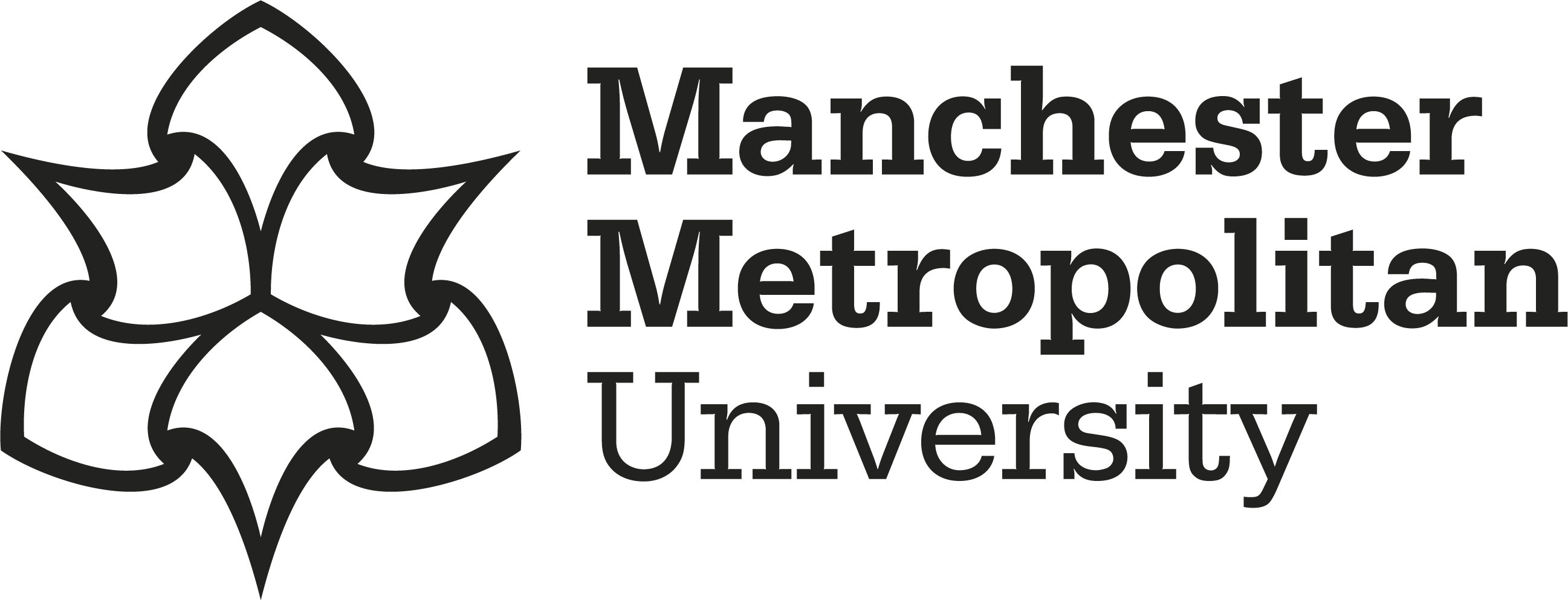Trethowan, Liam A. 

|
Published Version
Available under License Creative Commons Attribution. Download (2MB) | Preview |
Abstract
In diverse tropical communities, individuals with more distinct traits typically have lower abundance. In many tropical communities, the most distinct plants with regard to their stoichiometry are metal hyperaccumulators. The Celastrales, Oxalidales, and Malpighiales (COM) clades feature more than 50% of known nickel hyperaccumulators. Metal hyperaccumulation likely incurs high energy costs for physiological processes, potentially reducing competitive ability in nutrient‐limited environments. We therefore test if COM species that are increasingly stoichiometrically distinct are also rare, and if these effects depend on soil metal concentrations. We measured leaf element concentration for 283 tree species from ten 0.25 ha plots over ultramafic (metal‐rich) and non‐ultramafic soils in Sulawesi, Indonesia. We fit a phylogenetic mixed‐effects model of abundance with calculated leaf stoichiometric distinctiveness, soil metal concentrations, macronutrient concentrations, pH, and whether species belong to COM clades as further predictors. At all soil metal concentrations, species with more distinct leaf stoichiometry are rare, except for COM species. In tropical forests of Sulawesi, metal accumulation does not have a negative relationship with the abundance of COM species but does with other clades. Metal accumulation reflects a niche axis that impacts the structures of communities across ultramafic and non‐ultramafic soils.
Impact and Reach
Statistics
Additional statistics for this dataset are available via IRStats2.


